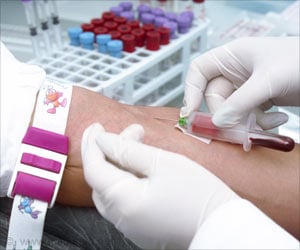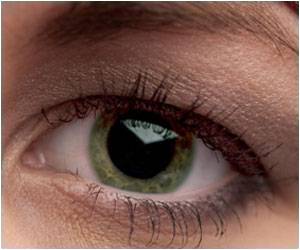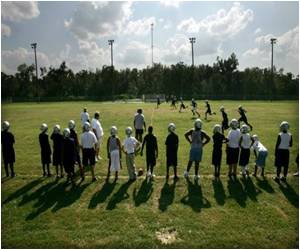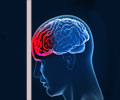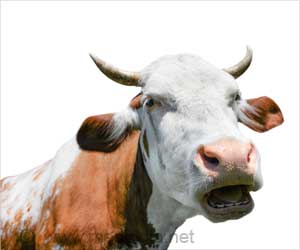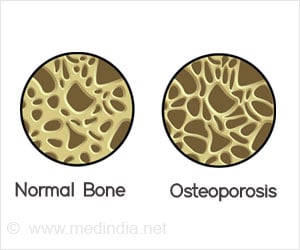Children and teenagers with a suspected concussion should be kept off the sporting field for at least two weeks under new recommendations.
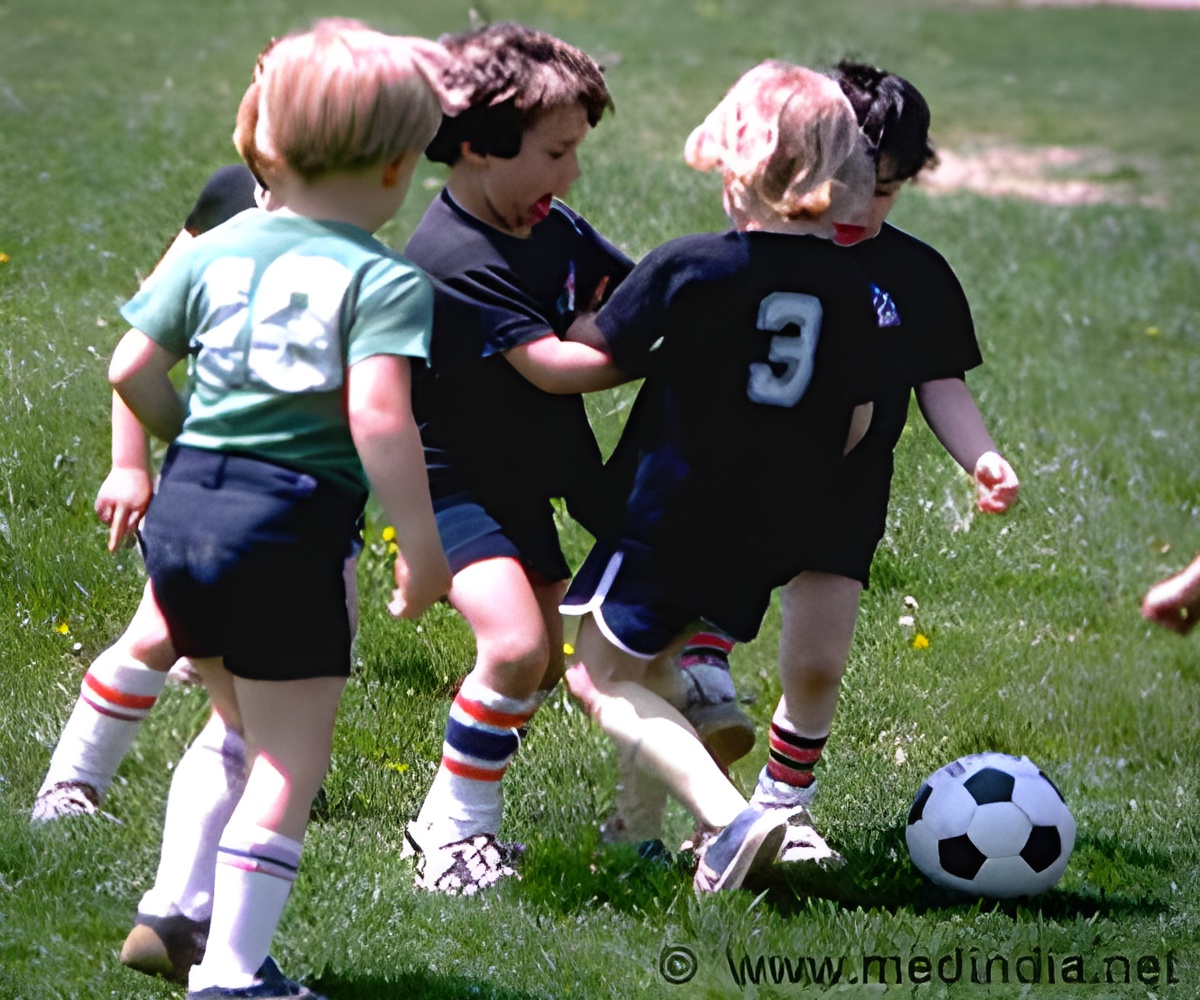
‘The website launched by the Australian Medical Association and the Australian Institute of Sport provides evidence-based information on how to identify and manage concussion in sport.’





Outgoing AMA President, Professor Brian Owler, and AIS Chief Medical Officer, Dr David Hughes, launched the Position Statement on Concussion in Sport and the Australian Government-funded concussioninsport.gov.au website at the 2016 AMA National Conference in Canberra.“Both the AMA and the AIS want to help make sport and physical activity safer for everyone,” said Professor Owler, a neurosurgeon.
“Playing sport is good for both physical and mental health, and all Australians should consider becoming more physically active. However, it is also important to remember that concussion can affect athletes at all levels of the sport, from school children to full-time professionals.”
Sports-related concussion is a type of brain injury, and its symptoms may change over time. Thus, it is crucial that athletes and those playing sport are diagnosed and managed immediately, with appropriate care and ongoing monitoring.
“The message is this – if in doubt, sit them out. Missing a couple of weeks of playing won’t kill them, but letting someone with a brain injury back onto the field – even just the training field - can be disastrous.”
Advertisement
“In the case of children and adolescents, they should follow a return to play protocol and not return to contact training or play for at least 14 days after their symptoms have cleared.”
Advertisement
“It is pleasing to be able to finally release the results of this long-term joint project with the AIS, and to be able to give parents and coaches the guidance they need when dealing with suspected concussion,” said Professor Owler.
Source-Medindia

